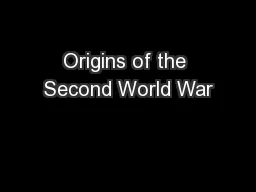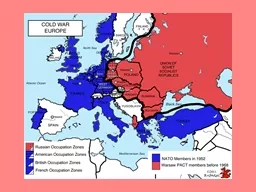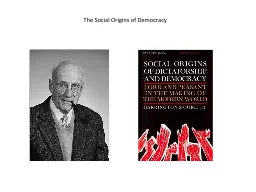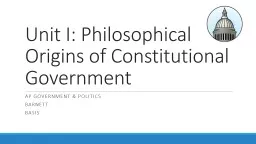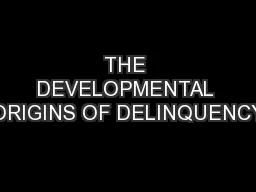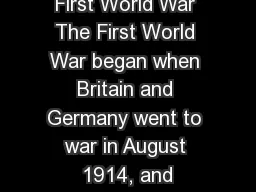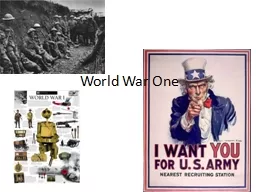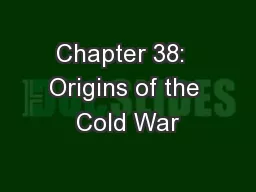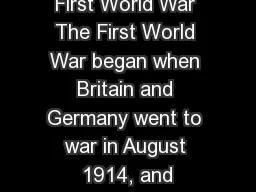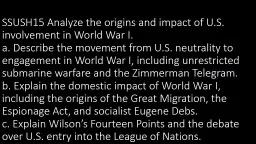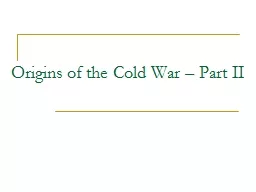PPT-Origins of the Second World War
Author : danika-pritchard | Published Date : 2016-11-23
This is the single most important event of the 20 th Century World History will forever change due to this war The World is not settled following World War I Many
Presentation Embed Code
Download Presentation
Download Presentation The PPT/PDF document "Origins of the Second World War" is the property of its rightful owner. Permission is granted to download and print the materials on this website for personal, non-commercial use only, and to display it on your personal computer provided you do not modify the materials and that you retain all copyright notices contained in the materials. By downloading content from our website, you accept the terms of this agreement.
Origins of the Second World War: Transcript
Download Rules Of Document
"Origins of the Second World War"The content belongs to its owner. You may download and print it for personal use, without modification, and keep all copyright notices. By downloading, you agree to these terms.
Related Documents

